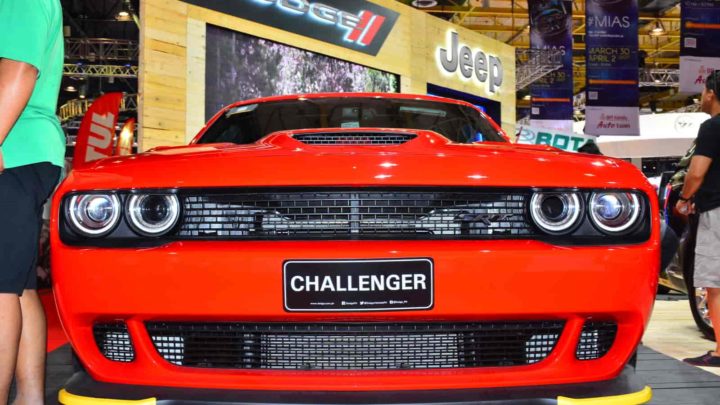The Dodge Challenger refers to three distinct generations of automobiles built by American automaker Dodge (two of which are pony cars). Dodge initially used the Challenger moniker in 1959 to sell a “value variant” of the full-sized Coronet Silver Challenger.
The first generation of Dodge pony cars was produced from 1970 to 1974. It was based on the platform of Chrysler E in hardtop and convertible body styles, with primary components shared with the Plymouth Barracuda.
From 1978 until 1983, the second generation was a badge-engineered Mitsubishi Galant Lambda, a coupe variant of an affordable compact automobile.
The current third generation is a pony car that debuted in early 2008 as a competitor to the improved fifth-generation Ford Mustang and the fifth-generation Chevrolet Camaro.
Cars similar to dodge challenger
One of numerous freshly updated American muscle cars is the Dodge Challenger. In 2008, the new Challenger was released on the market. The Challenger comes in three different models: the 6-cylinder SE, the R/T with a 5.7-liter Hemi, and the SRT8 with a 6.4-liter V8.
The Challenger SE gets 15 to 25 mpg, while the Challenger R/T receives 16 to 23 mpg. The introductory price for the 2010 Challenger SE is $23,245, while the base price for the Challenger SRT8 is $42,930. All other models are in the middle.
In terms of engine sizes and options, fuel economy, and pricing, several vehicles on the market are equivalent to the Dodge Challenger. However, there aren’t many automobiles that feel as nice as a Dodge Challenger behind the wheel. Modern Challengers resemble earlier muscle cars in terms of performance.
They’re strong, heavy, and capable of taking on everything you throw at them. Of course, Challengers aren’t the only muscle vehicles available, nor are they the only sporty muscle cars. Here are some of the Dodge Challenger’s main rivals, cars worth examining if you’re thinking about buying one.
1. The Dodge Charger
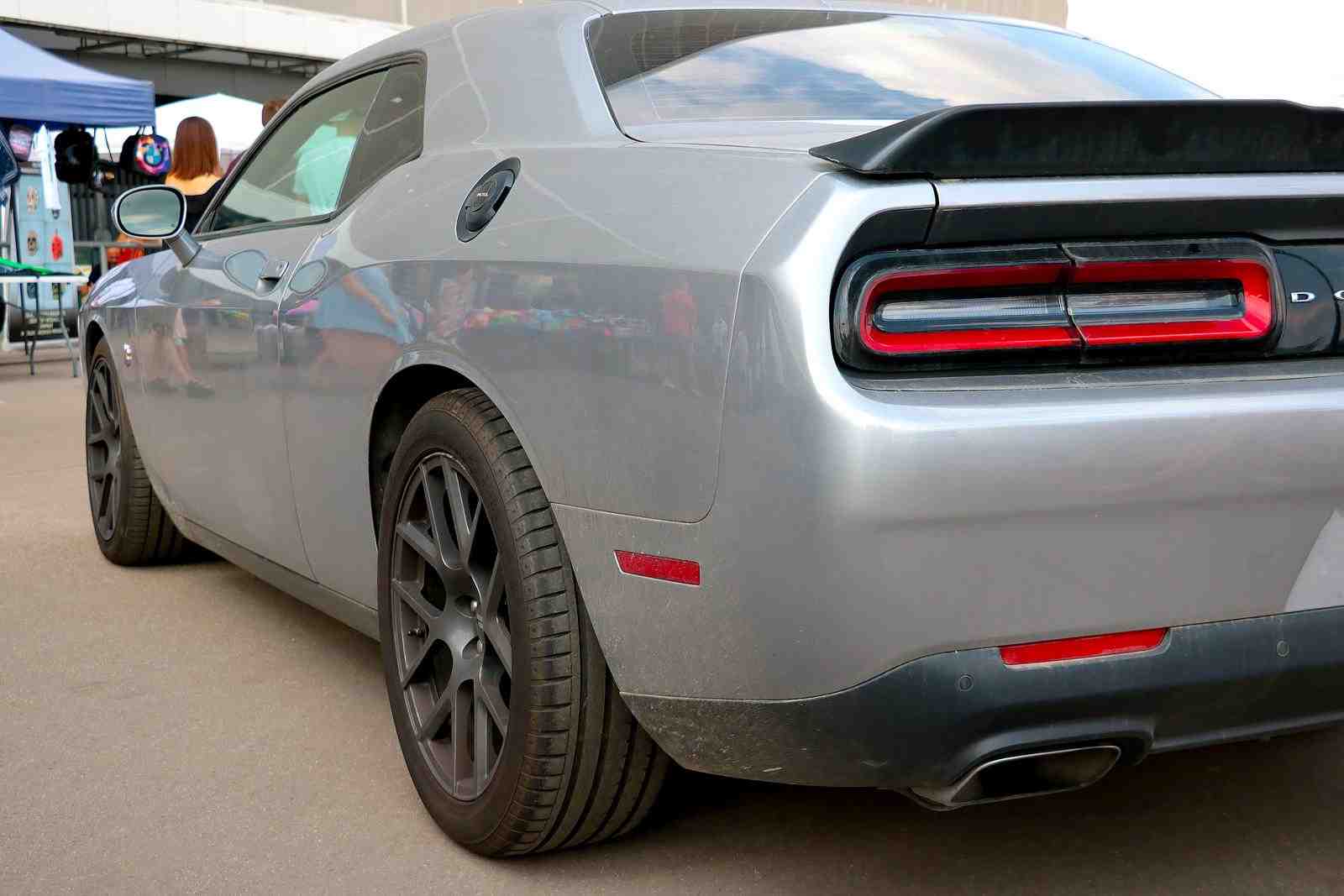
Latest Release: 2022
MSRP: $31,350
MPG: 30⁄19 HWY/City
Horsepower: 292 to 797
Understandably, the Charger would be a viable replacement for the Challenger. At least in its current form, this model is another of Dodge’s muscle cars.
The structure and design of this 4-door sedan have echoes of the classic appearance. The Charger is a comfortable, powerful, and highly agile vehicle that accelerates quickly and handles well even at high speeds.
Of course, given the horsepower it produces, the Charger requires a more experienced driver like the Challenger. Chargers, which come in various trim levels, are a perfect alternative to the Challenger if you prefer a 4-door sedan over a coupe.
2. Dodge Charger R/T Scat Pack
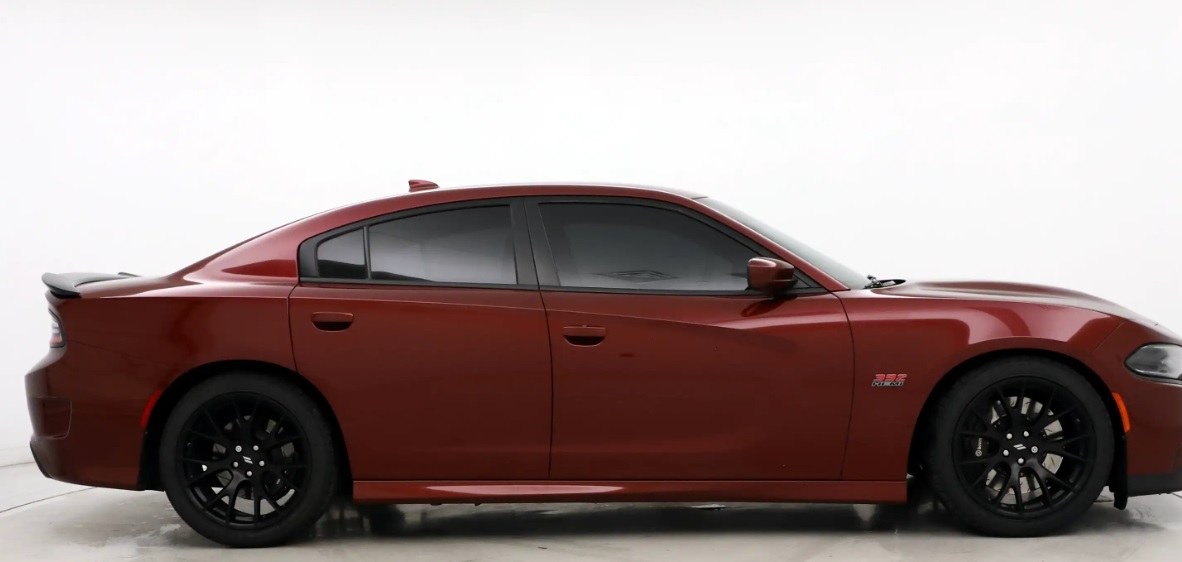
Image credit: Carmax.com
If you’re set on getting a muscle vehicle but need one that can comfortably seat your entire family, don’t worry. The 2017–2021 Dodge Charger may appear to be a sedan, but one touch of the pedal reveals that it’s built for speed.
A Dodge Charger from 2017–2021, available in hues like Green Go, Yellow Jacket, and Contusion Blue, is a quality choice if you want a car with a wide back seat but don’t want to give up any power.
Who says you couldn’t have a family car that can also perform well on a racetrack? On a 2017–2021 Dodge Charger, expect these features and more: 6.4-liter V8 engine (485 hp and 475 lb-ft of torque), Traction control and stability, Brakes with improved performance, Backup parking sensors
Also read:
3. Ford Mustang
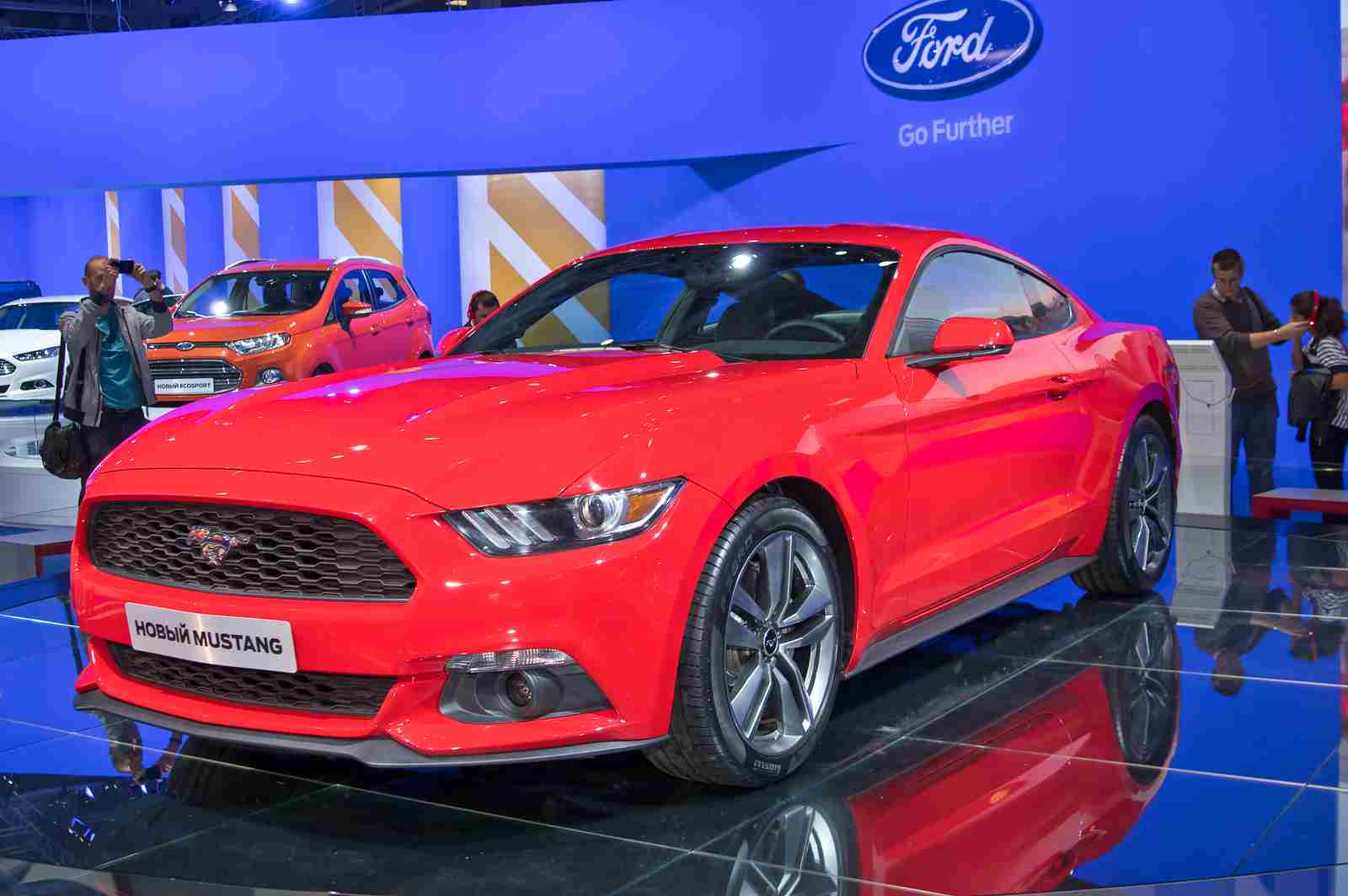
Release date: 2021
MSRP: $27,205
MPG: 32⁄21 HWY/City
Horsepower: 310 to 480
Ford Mustangs are among the most well-known modern muscle vehicles, and with good reason. They’re stylish, strong, and long-lasting, and they get slightly better gas mileage than competitors. Furthermore, the most recent model has some of the best performance of any Mustang while also addressing some of the issues that plagued previous models.
Mustangs now have more features and usefulness than ever before. It’s a superb alternative to the Challenger, with plenty of in-cab extras to help it stand out. Although not as spectacular as the Mustang, it is still a stylish and elegant option for anyone looking for some power and excitement behind the wheel.
4. Ford Mustang GT
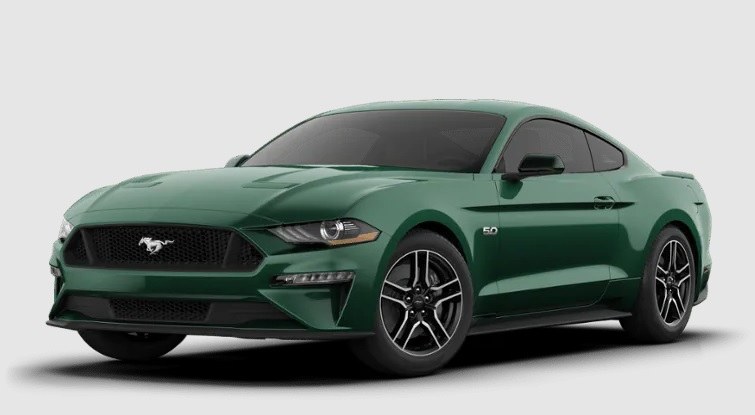
The 2017–2021 Ford Mustang GT is a must-have for enthusiasts of the eight-cylinder beast, thanks to its jaw-dropping 5.0L V8. The 2017 Ford Mustang GT boosts to 435 horsepower, and the 2018–2021 Ford Mustang GT increases to 460 horsepower.
That’s a large number of horses. The Mustang GT is a delight to drive anyplace, whether in a formidable coupe or a sun-loving convertible. You might even find yourself inventing excuses to leave the house to drive it.
Other notable characteristics of the 2017–2020 Ford Mustang GT include Seating in cloth, Control of the launch (manual transmission only), a power driver’s seat with six settings, a four-way power passenger seat (for 2017–2019, a six-way passenger seat),
Backup camera and reverse sensing system
5. BRZ Subaru
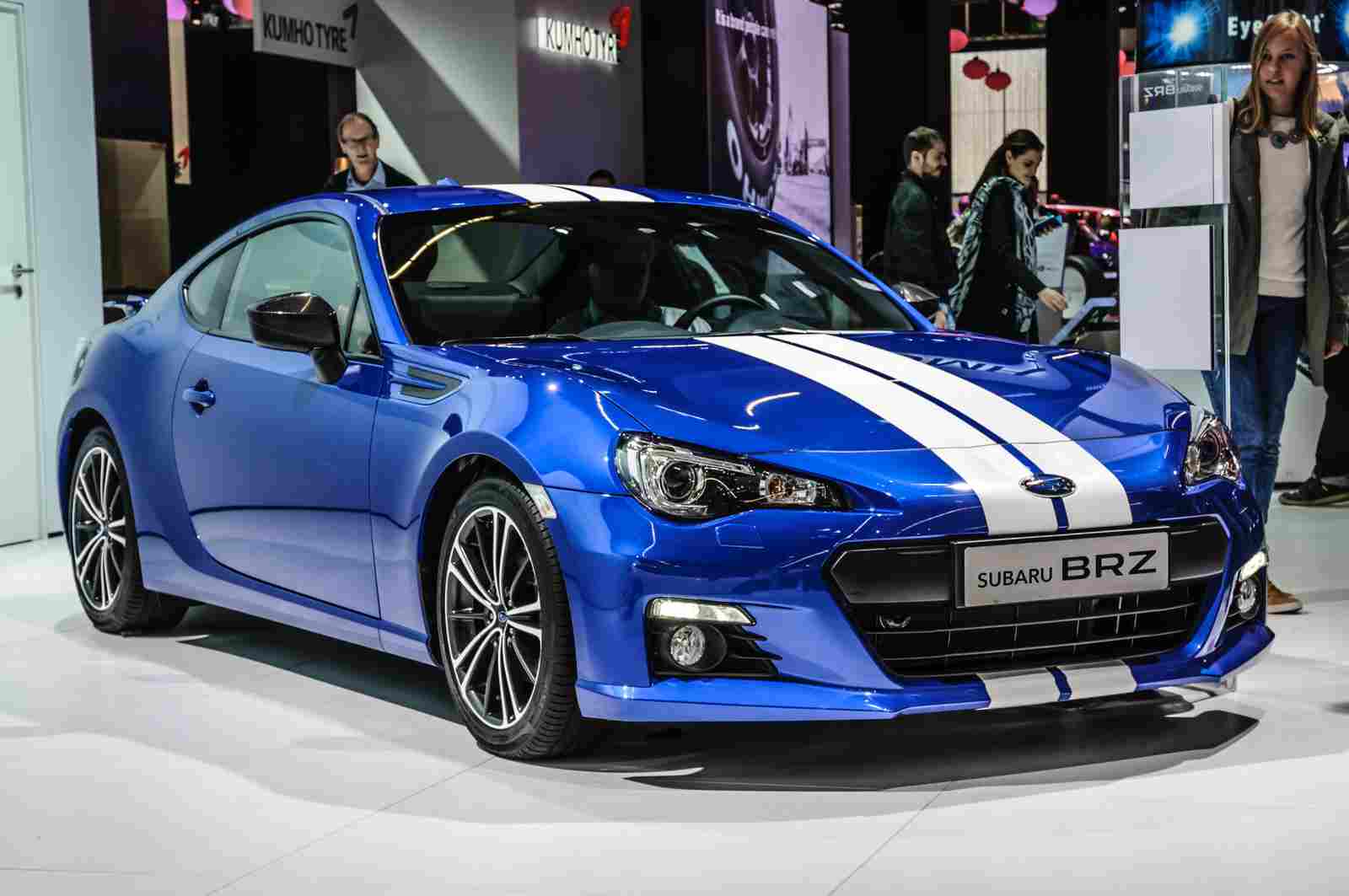
Latest Release: 2022
MSRP: $27,995
MPG: 31⁄22 HWY/City
Horsepower: 228
Although the Subaru BRZ lacks the horsepower of some of its competitors, it is well-tuned for performance and speed. Its aerodynamic and compact design is ideal for acceleration and handling.
Mainly when used in conjunction with the 2.4 direct injection engine. The Subaru BRZ, on the other hand, stands apart from the rest of the line-up. Rather than using the classic lines of a muscle car, it is smaller and more aggressively designed.
This car’s quick ratio steering puts the Control in your hands, making it one of the more agile vehicles available. The Subaru BRZ is perfect for folks who want something fast, zippy, and elegant. It’s quick to respond to and easy to keep smooth.
6. Supra Toyota
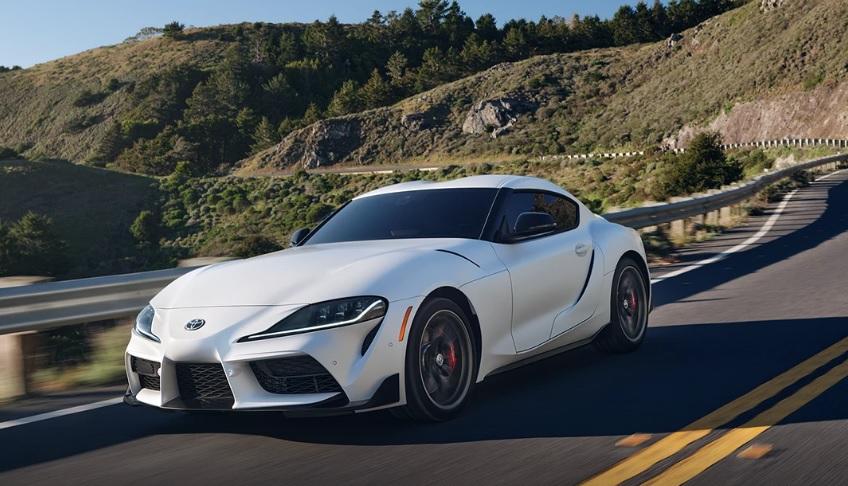
Latest Release: 2022
MSRP: $43,190
MPG: 32⁄25 HWY/City
Horsepower: 255 to 382
The Toyota Supra is a high-performance sports vehicle that is more luxurious than the others we’ve reviewed. The Supra is a terrific alternative if you’re looking for a high-performance sports vehicle.
The Supra is more enjoyable than ever, with plenty of safety features and other extras. The Supra’s cabin is smaller than some of these other cars, but it’s well-made and wonderfully comfortable to drive.
Furthermore, despite its slightly lower horsepower, this design offers plenty of speed and maneuverability. The Supra is an excellent blast on the track, reaching 100 mph in 9.5 seconds, but it’s just as much pleasure to drive around town (even if you need to keep the speed to a minimum).
7. Coupe Nissan 370z
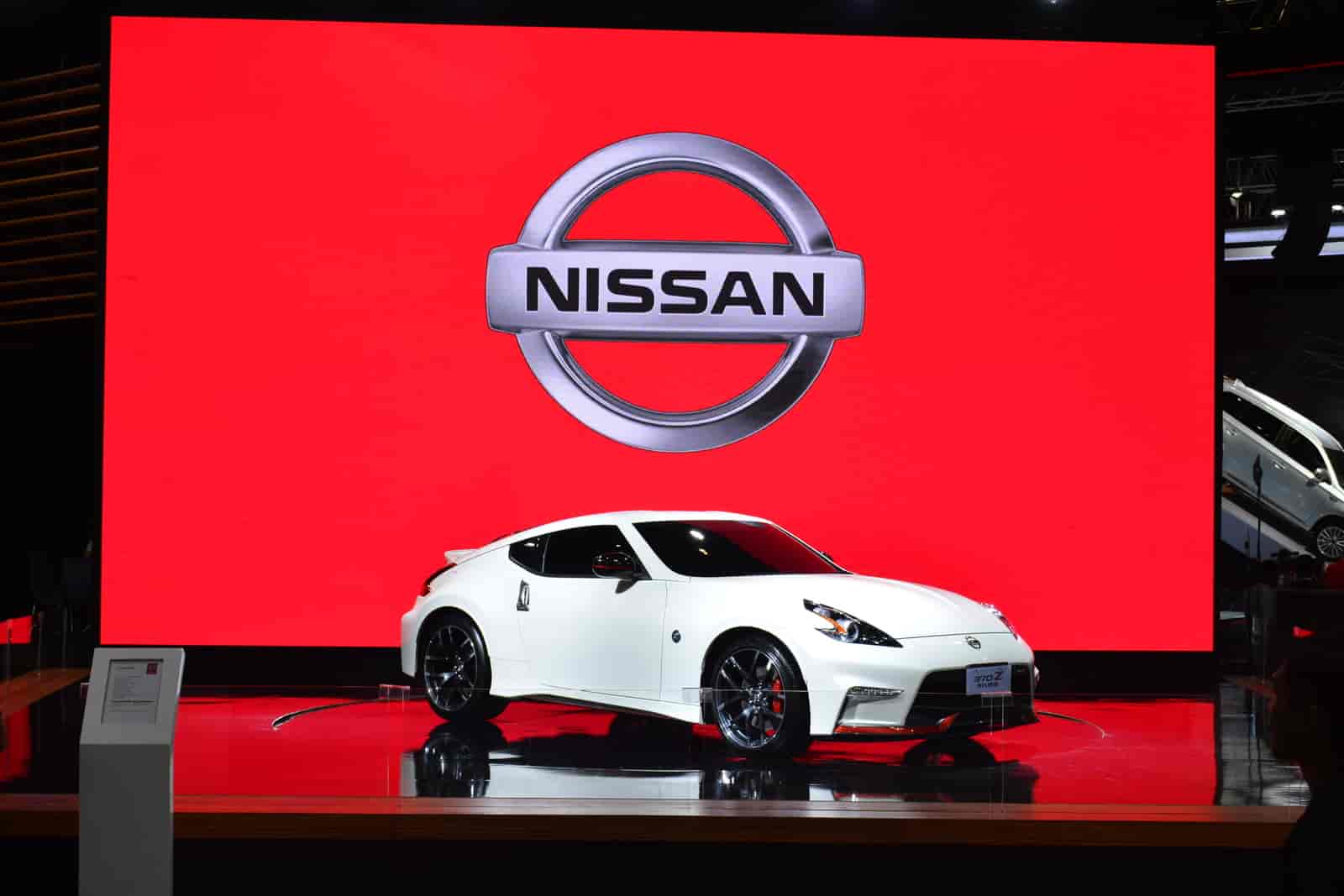
Latest Release: 2022
MSRP: $30,090
MPG: 26⁄19 HWY/City
Horsepower: 332 to 350
The Nissan 370z is a gorgeous and quiet coupe that is a strong challenger for the Challenger because of its similar body designs, performance characteristics, and outstanding handling.
It is a rear-drive coupe created with automobile enthusiasts in mind; therefore, parts of its performance will differ from that of other similar vehicles. Even though it doesn’t always have the same performance attributes on paper, the Nissan 370z Coupe is nimble and well-tuned enough to compete with slightly more expensive automobiles.
We recommend reading driving evaluations and other real-world demonstrations of its usefulness for this vehicle because it adds up to a lot more than it appears.
8. C63-S Mercedes-Benz AMG
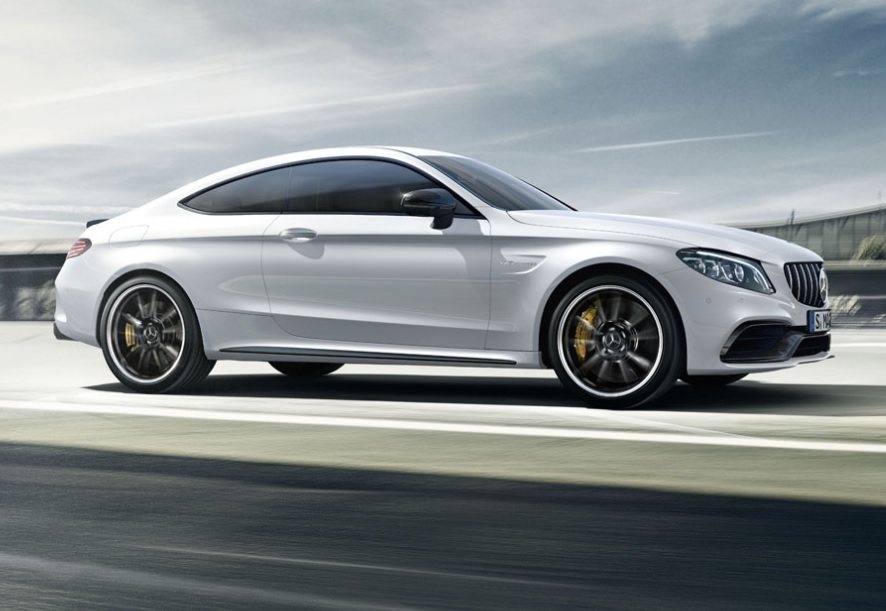
Image credit: Mercedes-amg.com
Latest Release: 2021
MSRP: 76,200
MPG: 26⁄17 HWY/City
Horsepower: 503
The Mercedes AMG C63-3 is slightly more expensive than the other vehicles on this list, but it is a strong challenger for the Challenger in performance, power, handling, and sheer enjoyment behind the wheel.
The AMG C63-S is more of a luxury offering than the other vehicles we’ve reviewed, and every feature demonstrates its power and class. It’s a delight to drive because of the sleek and comfy interior, low road-noise, and several safety and convenience features.
9. BMW Series 5
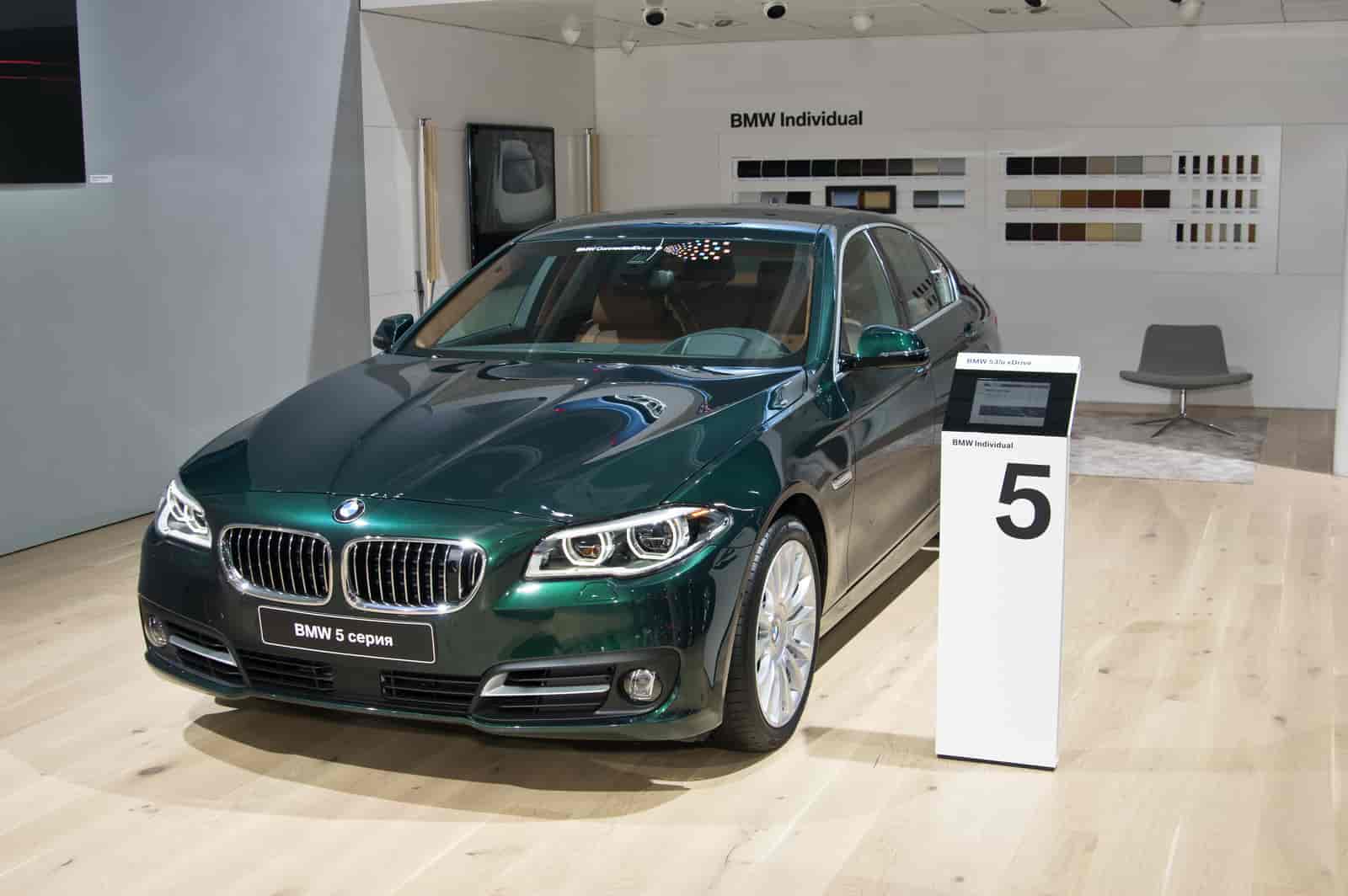
Latest Release: 2022
MSRP: $54,200
MPG: 33⁄25 HWY/City
Horsepower: 248 to 288
As enjoyable as driving any of the other vehicles we’ve discussed, they all have one flaw: low MPG in return for additional power and performance characteristics.
The BMW 5 Series performs slightly better in this regard while still providing excellent performance and comfort. It is an attractive option if you want a vehicle that looks and feels like a classic muscle car but has a more current model’s improved performance and power. It’s a little smoother and more expensive than the Challenger, but the extra expense is worth it for many people.
Related:
10. Camaro SS by Chevrolet
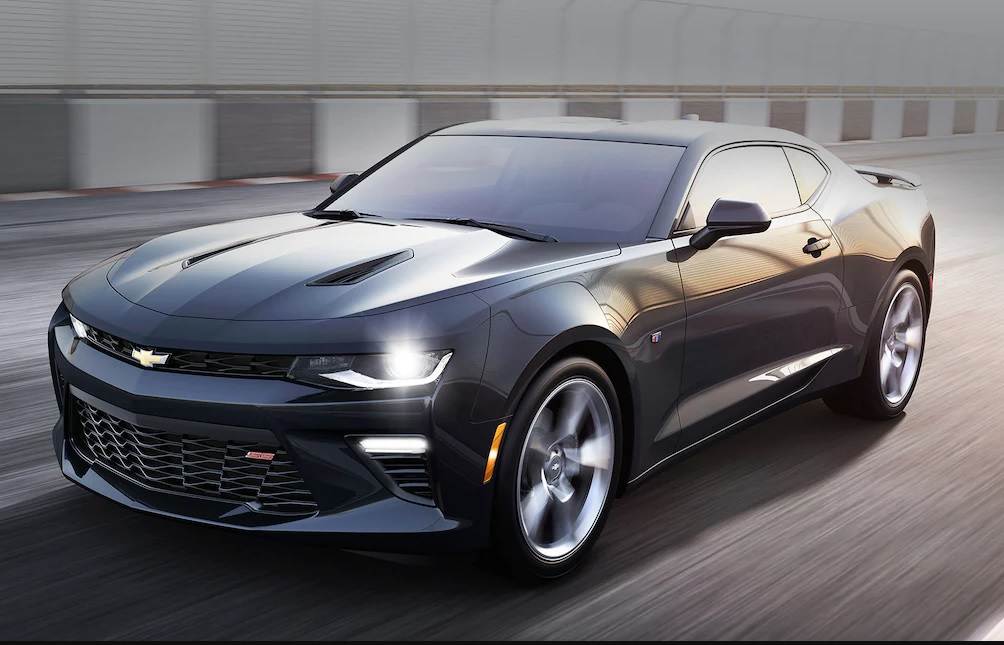
The Chevrolet Camaro, redesigned for the model year 2016, is a modern pony car with a prominent presence at its core. Camaros in the SS trim from 2017 through 2021 have a thundering 6.2L V8 with 455 hp, which lives up to the legacy “SuperSport” appellation.
It’s RWD, and with that much power, it’s a blast to drive. It comes basic with six-speed manual gears, but you can upgrade to an eight-speed automatic for an additional $455 lb-ft of torque.
Imagine yourself in a coupe or convertible version of this car, smiling every time you go inside. The standard features of the 2017–2020 Chevrolet Camaro SS include ABS four-piston performance brakes, a Rear differential with restricted mechanical slip, a Suspension that has been tweaked for sport, and a Backup camera.
11. Chevrolet Camaro LT
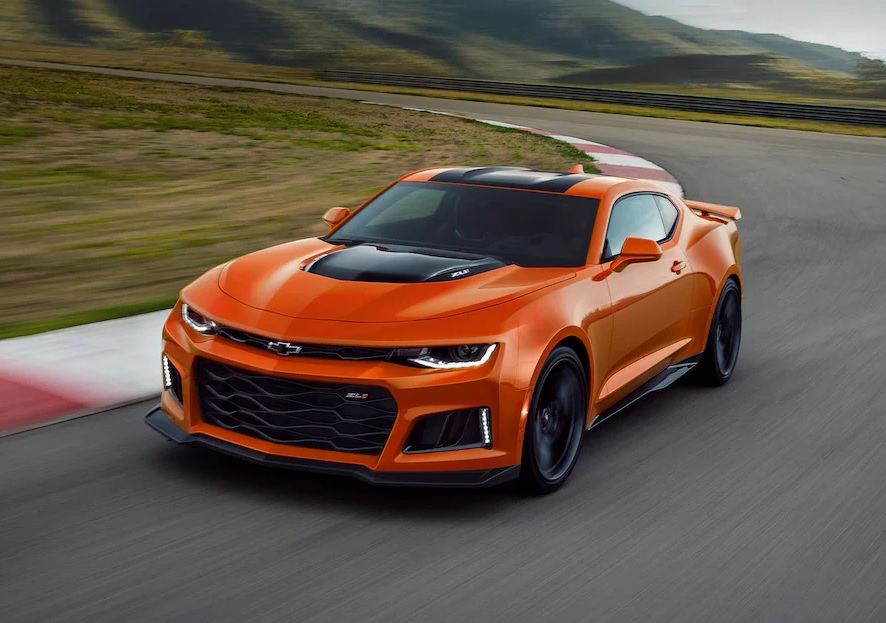
The 2017–2021 Chevrolet Camaro LT, with its standard 275-hp dynamic 2.0L turbocharged four-cylinder engine, is at the top of our list. Do you require greater power? An excellent upgrade option is the 3.6L V6 with 335 horsepower.
Whether you choose the 2017–2021 Camaro LT coupe or fair-weather-ready convertible, you’ll enjoy this iconic blend of power and convenience.
On the Camaro LT for model years 2017–2021, a six-speed manual transmission is standard, and an eight-speed automatic transmission is optional; in any case, you’ll notice the agile handling and feel the excitement of driving a classic muscle car.
Look for some of the expected features on all Chevrolet Camaro LT variants from 2017 through 2020: Touchscreen display (7 inches), Connectivity with Apple CarPlay and Android Auto, Steering wheel covered with leather, Front seats that are ventilated, Power passenger seat with six settings, Running lights with LEDs
12. 1966 Plymouth Barracuda
The Barracuda is a ferocious ride that can accelerate from zero to 60 mph in under ten seconds, thanks to its 235 horsepower engine. Although several first-generation muscle cars are challenging to come by these days, the 1966 Barracuda is not one of them. According to Hemmings, the first-generation Barracuda may be bought “quite easily.”
Barracudas are distinguished by their hefty, low profiles and the enormous rear window, which gives this classic a futuristic air.
The first-generation Barracudas were modified Plymouth Valiants (also called Valiant Barracudas) with weaker engines (for a muscle car, at least) that produced less than 150 horsepower.
13. 1966 Shelby GT350
The Barracuda is a violent ride with a 235 horsepower engine that can accelerate from zero to 60 mph in under ten seconds. The 1966 Barracuda is not one of the first-generation muscle cars that are tough to find. According to Hemmings, the first-generation Barracuda may be purchased “very easily,” according to Hemmings.
Barracudas are known for their substantial, low profiles and large back windows, which give this classic a futuristic feel. The first-generation Barracudas were modified Plymouth Valiants (also known as Valiant Barracudas) with under 150 horsepower engines (for a muscle car, at least).
14. 1969-1971 Baldwin-Motion Phase III GT Corvette
Baldwin-Motion was the first Corvette tuner, and their machines are renowned. Baldwin Chevrolet in Baldwin, New York, would bring new Corvettes to Joel Rosen’s Motion Performance speed business for upgrades.
These serial production specialty Corvettes would be built to order by Motion. In late 1968, Rosen fantasized about creating a new, quick, and functional all-American GT sports car.
The seductively styled Phase III GT was a knockout. It had a unique fastback rear window, a performance suspension, and up to 600 dyno-tuned horsepower from two big-block V8s: 427 cid or 454 cid. A smaller LT1-spec 350 CID V8 was installed in one Motion Vette.
15. 1969 AMX/3
The AMX/3 was a mid-engined exotic that looked amazing. It was created due to a global collaboration between an AMC team led by Dick Teague (chief of design), ItalDesign, Italian engineer Giotto Bizzarrini, and even BMW.
The 3,300-pound sports car was powered by an AMC 390 CID V8 with 340 horsepower and a four-speed manual transmission. It is said to have a maximum speed of 170 mph and can accelerate to 60 mph in less than 5 seconds.
However, the machine was never officially introduced to AMC dealerships because of expense. It would have cost around $15,000 on the sticker, just a few thousand dollars less than Lamborghini’s Miura.
Also read:
What are muscle cars?
The word “muscle car” refers to a wide range of robust, high-performance automobiles. While some individuals have strong opinions about a muscle vehicle, it usually refers to two-door, rear-wheel-drive, compact to medium cars with massive, powerful eight-valve (V8) engines.
In the mid-1960s, muscle vehicles became popular among youthful drivers. They are sleek, tacky, and powerful, but they are also affordable and capable of being driven for formal and informal drag racing.
Muscle cars are tiny automobiles with massive, enormous engines, unlike current cars, which have smaller four-valve or six-valve engines that use less gasoline and are better for the environment.
The first muscle vehicles were neither fuel-efficient nor ecologically benign. Of course, fuel was less priced in the 1960s, and science had yet to uncover many of the environmental effects of automobiles.
The first muscle car
The 1949 Oldsmobile Rocket 88, according to many muscle car fans, was the first actual muscle vehicle. It had America’s first overhead valve V8 in a light body, providing plenty of power and speed.
Year after year, manufacturers began to compete, providing more powerful engines. They eventually developed muscle cars with up to 450 horsepower engines.
Although the science underlying measuring horsepower is complicated, you can imagine how powerful an engine would have to be to match 450 horsepower! These fast muscle cars could reach above 120 mph, making them popular as informal drag racers. Some automobiles may accelerate from zero to sixty miles per hour in less than ten seconds.
Striking features of Dodge Challenger
In the 1970s, automakers began to tame their muscle vehicles. The automotive insurance industry began to charge more for muscle vehicle insurance in response to protests from Ralph Nader and others who wanted automakers to focus more on safety.
At the same time, petrol prices began to climb, and initiatives to combat air pollution were underway. These reasons contributed to the muscle car’s demise in the 1970s.
Automobile makers focused on lowering horsepower, boosting luxury, improving fuel economy, and cutting pollutants. Automobile manufacturers continue to produce powerful vehicles that appeal to racing enthusiasts today. However, the majority of these models are not as inexpensive as classic muscle cars.
Muscle vehicles like the Dodge Charger R/T, Ford Mustang, Plymouth GTX, and Pontiac GTO have become collectibles. Some of these older versions are now considered rare and can fetch up to $500,000. Extremely uncommon vehicles, such as the 1969 Chevrolet Camaro ZL1, are considered museum pieces!
The vehicle market is constantly changing and expanding, with new models and enhancements arriving regularly, with each company attempting to outdo the other. The Dodge brand, which is well-known worldwide, is no stranger to the vehicle market. Their vehicles are well-equipped, offer novel features, and are high quality.
The Dodge Challenger is arguably one of their best cars to date. The Dodge Challenger returned to the muscle car market in the late 2000s with more attitude and tire-burning power than it had in decades.
With powerful engine options, aggressive aesthetics, and a massive roar from its eight-cylinder engine, the Dodge Challenger holds its own record against the Ford Mustang and Chevrolet Camaro.
Best muscle car alongside Dodge Challenger
The Dodge Challenger debuted after the Mustang and Camaro in 1970. Still, it featured a wide range of power plant options, ranging from the 145-hp, 225-cubic-inch “Slant Six” to the frightening 426 Hemi, the “Elephant Motor.” The Challenger only lasted five model years, but in that time, it established itself as one of the industry’s most legendary muscle car names.
The 707-horsepower Challenger SRT Hellcat was introduced in 2015, and it took the muscle car world by storm.
In a head-to-head muscle car comparison, we pitted the Hellcat against our other supercharged V-8 competitor, the 2014 Chevrolet Camaro ZL1. The Hellcat defeated the ZL1 primarily because of its superior straight-line speed, aggressive appearance, and spacious interior.
Conclusion
The 2022 Dodge Challenger is a throwback because of its retro style and because some models are inspiring. The entry-level V-6 model, the only two-door muscle car with all-wheel drive—is the cheapest way to join the Challenger’s brotherhood of muscle cars.
The Challenger is less sporty and bulkier than muscle cars like Ford Mustang or Chevrolet Camaro. It does, however, have a comfortable ride and offers more pleasant accommodations for passengers.
While the inside materials are subpar, and the manual transmission is unsatisfactory, the 2022 Challenger is still a cool coupe that reminds its driver of a bygone age.
